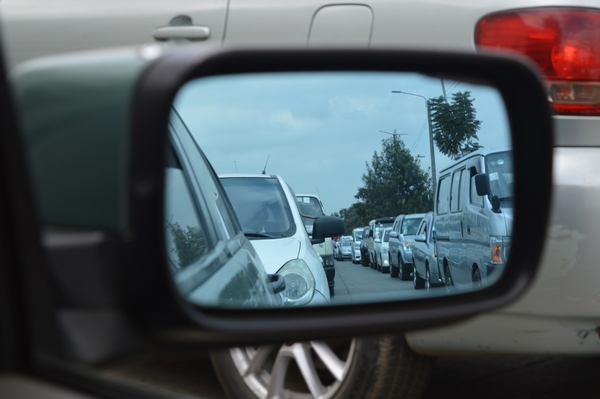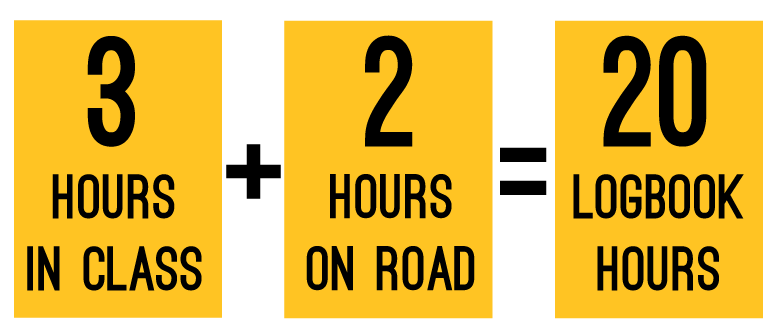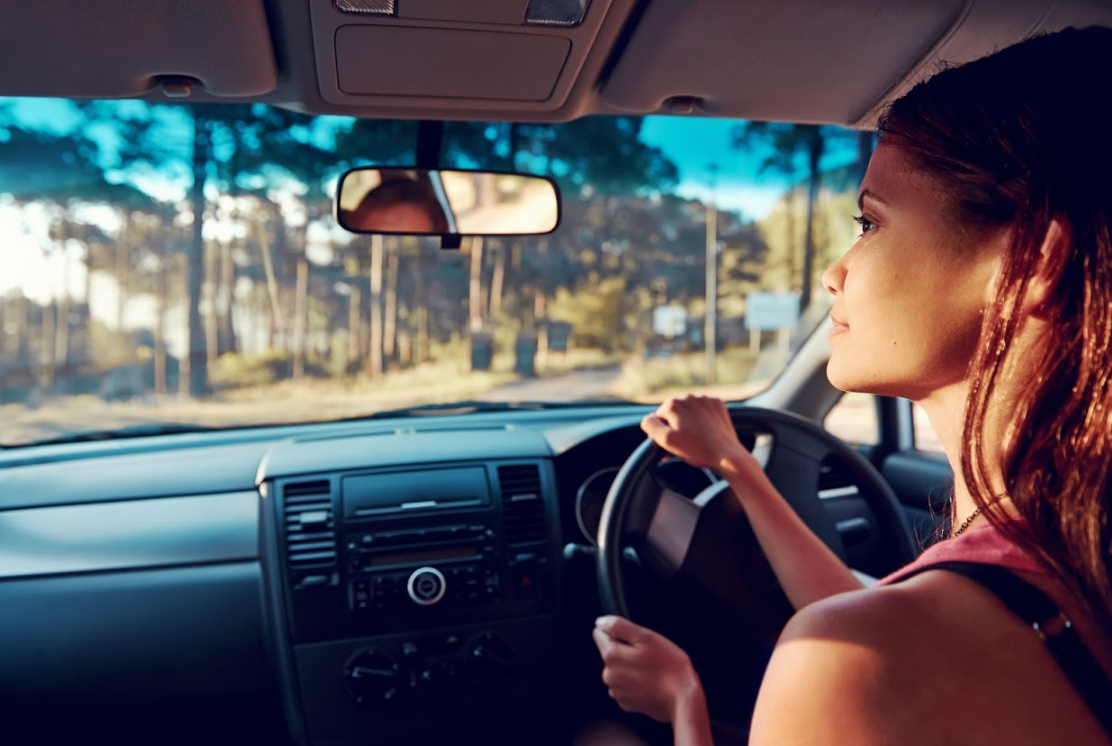Early decisions are a key to safe driving.
If you think about the last time you were on the road, you would certainly have seen someone making a late decision like finding themselves in the wrong lane or making an erratic move to park.
Modern technology like GPS and mobile phones have created distractions causing more drivers to fail to keep track of road signs and changes and then make late decisions.
What decisions are made on the road?
There are two types of decisions influenced and voluntary.
Influenced decisions are made because another driver has invaded your safety cushion, often because they have broken a road rule or done something unpredictable on the road.
Voluntary decisions are the choices you make on the road. Early decisions are voluntary.
You cannot make early decisions without good vision habits and maintaining your safety cushion.
Late decisions are caused by vision breakdowns.
What does an early decision do for me?
By making an early decision you are being predictable on the road.
Examples include starting to brake early or indicating well in advance. By giving other road users plenty of notice as to what you are doing, they will be less likely to crash into you!
How do I know that I am doing well?
At a top level of driving you will be planning lane choices well in advance. Local knowledge helps with this, reading road signs will give a lot of clues too.
As you see a difficult situation coming up, start to look for options like checking where all the other cars are around you, plan lane changes and assess possible escapes.
Read more on Road Safety: Safety Bubble
——————————
The Safer Drivers Course is designed for learner drivers wanting to learn more about becoming a safe driver. The course will help you gain a deeper understanding about what it takes to be a safe solo driver.
Through both in-class activities and on-road coaching, the Safer Drivers Course will help you to be safe long after the driving test. The course is fun, engaging and informative.



